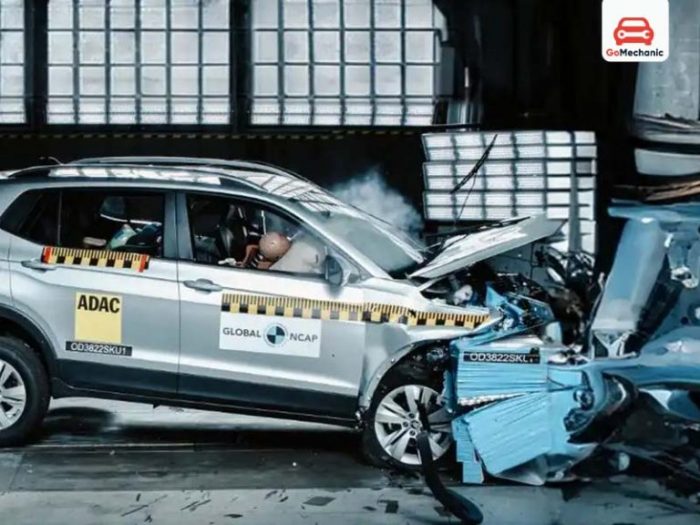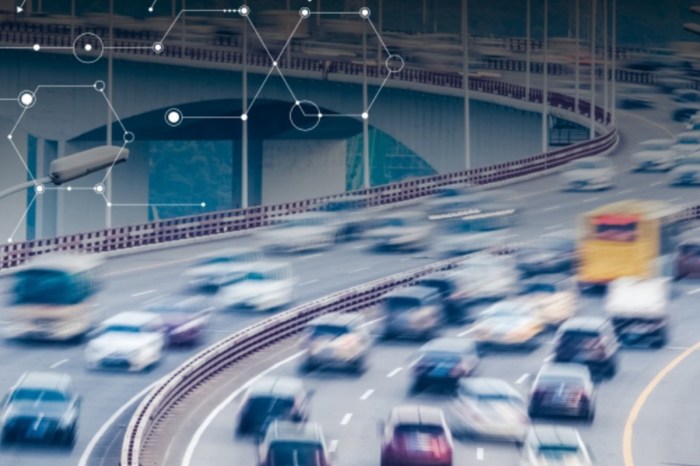The automotive industry is constantly evolving, driven by advancements in technology and a growing emphasis on safety. As we approach 2025 and beyond, car safety testing procedures are becoming increasingly sophisticated and rigorous. This comprehensive guide delves into the detailed procedures used to ensure the safety of vehicles, encompassing various aspects from crash testing to advanced driver-assistance systems (ADAS) evaluation.
I. Crash Testing: The Foundation of Vehicle Safety
Crash testing remains the cornerstone of automotive safety evaluation. These tests simulate real-world accidents, providing crucial data on vehicle structural integrity, occupant protection, and overall safety performance. Several standardized tests are employed globally, with variations based on regional regulations and testing organizations.
A. Frontal Impact Tests
Frontal impact tests, often conducted at speeds of 35 mph (56 km/h) or higher, assess the vehicle’s ability to protect occupants during a head-on collision. These tests measure forces exerted on the occupants, structural deformation, and the effectiveness of restraint systems like airbags and seatbelts. Advanced dummy technology, incorporating sensors that mimic human biomechanics, provides highly detailed injury metrics.
Specific tests include:
- Full-frontal impact: A direct head-on collision.
- Offset frontal impact: A collision where only a portion of the vehicle’s front end impacts another vehicle or object.
B. Side Impact Tests
Side impact tests, typically involving a moving barrier impacting the vehicle’s side at a specified speed, assess the vehicle’s structural integrity and the protection offered to occupants in side collisions. These tests are particularly important given the frequency and severity of side impacts in real-world accidents. They evaluate the performance of side airbags, side impact beams, and the overall strength of the vehicle’s side structure.
C. Rollover Tests
Rollover tests evaluate the vehicle’s ability to protect occupants during a rollover accident. These tests often involve tipping the vehicle onto its side or roof and assessing the structural integrity and the effectiveness of safety features such as electronic stability control (ESC) and rollover protection structures (ROPS).
D. Rear Impact Tests
Rear impact tests assess the vehicle’s ability to protect occupants in rear-end collisions. These tests focus on the performance of headrests, seatbelts, and the vehicle’s ability to mitigate whiplash injuries. The tests also assess the structural integrity of the rear structure to prevent intrusion into the passenger compartment.

Source: dealer.com
II. Advanced Driver-Assistance Systems (ADAS) Testing
The proliferation of ADAS features, such as automatic emergency braking (AEB), lane departure warning (LDW), adaptive cruise control (ACC), and blind-spot monitoring (BSM), necessitates rigorous testing procedures. These systems are evaluated both in simulated environments and real-world driving conditions.
A. Simulation-Based Testing
Simulation-based testing uses sophisticated software and hardware to create virtual environments that replicate various driving scenarios. This allows engineers to test ADAS features under controlled conditions and assess their performance in a wide range of situations, including challenging weather conditions and unexpected events.
B. Real-World Testing
Real-world testing involves evaluating ADAS features in actual driving conditions. This provides valuable data on the systems’ performance in unpredictable situations and real-world traffic environments. Rigorous testing protocols ensure the accuracy and reliability of the data collected.
C. Testing for Cybersecurity Vulnerabilities
With increasing reliance on software and connectivity, cybersecurity is a crucial aspect of ADAS testing. Testing protocols now include assessments of vulnerabilities to hacking and data breaches that could compromise the safety and functionality of the system.

Source: gomechanic.com
III. Other Safety Testing Procedures
Beyond crash testing and ADAS evaluation, several other crucial safety testing procedures are employed. These include:
- Durability testing: Assesses the vehicle’s ability to withstand the stresses of prolonged use.
- Corrosion testing: Evaluates the vehicle’s resistance to rust and corrosion.
- Child safety seat testing: Ensures the proper installation and performance of child safety seats.
- Pedestrian safety testing: Assesses the vehicle’s impact on pedestrians in the event of a collision.
- Brake system testing: Evaluates the effectiveness and reliability of the braking system.
- Lighting system testing: Assesses the performance of headlights, taillights, and other lighting components.
IV. Global Harmonization of Safety Standards
The global automotive industry is working towards greater harmonization of safety standards. While regional variations exist, there’s a growing effort to establish common testing procedures and performance requirements to ensure consistent levels of safety across different markets. Organizations like the UNECE (United Nations Economic Commission for Europe) play a crucial role in developing and promoting globally harmonized regulations.
V. The Future of Car Safety Testing
The future of car safety testing will be shaped by advancements in artificial intelligence (AI), machine learning (ML), and autonomous driving technology. AI-powered systems will be used to analyze crash data, predict potential safety hazards, and optimize vehicle designs. Autonomous driving technologies will necessitate the development of new testing procedures to ensure the safety and reliability of self-driving cars.

Source: hoodline.com
Frequently Asked Questions (FAQ)
- Q: What are the main organizations involved in car safety testing? A: Several organizations, including the National Highway Traffic Safety Administration (NHTSA) in the US, Euro NCAP in Europe, and ANCAP in Australia, play a crucial role in setting safety standards and conducting independent crash tests.
- Q: How often are car safety standards updated? A: Safety standards are regularly updated to reflect advancements in technology and the changing nature of road accidents. Updates can be frequent, reflecting the dynamic nature of the automotive safety landscape.
- Q: What is the role of dummies in crash testing? A: Crash test dummies are sophisticated instruments designed to mimic human biomechanics. They are equipped with sensors that measure forces and accelerations during a crash, providing valuable data on potential injuries.
- Q: How are ADAS features tested? A: ADAS features are tested using a combination of simulation-based testing and real-world driving evaluations. These tests assess the systems’ performance in various driving scenarios and conditions.
- Q: What are the future trends in car safety testing? A: Future trends include increased use of AI and ML in data analysis, the development of new testing procedures for autonomous vehicles, and a greater focus on cybersecurity.
References
- National Highway Traffic Safety Administration (NHTSA)
- Euro NCAP
- ANCAP
- United Nations Economic Commission for Europe (UNECE)
Call to Action
Stay informed about the latest advancements in automotive safety by following reputable sources and advocating for stricter safety standards. Your safety on the road depends on it!
General Inquiries
What new technologies are significantly impacting car safety testing in 2025?
Advanced driver-assistance systems (ADAS) testing, high-fidelity crash simulations, and the use of artificial intelligence for data analysis are key technological advancements.
How are electric vehicles tested differently compared to gasoline-powered vehicles?
Electric vehicle testing incorporates evaluations specific to their unique components, such as battery safety and high-voltage system integrity, in addition to standard crash and safety tests.
What role does data analysis play in modern automotive safety testing?
Data analysis is crucial for identifying trends, improving testing methodologies, and ultimately designing safer vehicles. Large datasets from various tests are analyzed to refine safety features and predict potential failure points.
Are there any new regulatory changes affecting automotive safety testing in 2025?
Specific regulatory changes vary by region. It’s essential to consult relevant governmental agencies for up-to-date information on regulations affecting automotive safety testing in your area.
